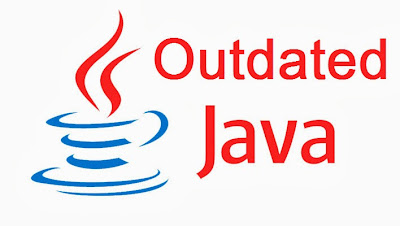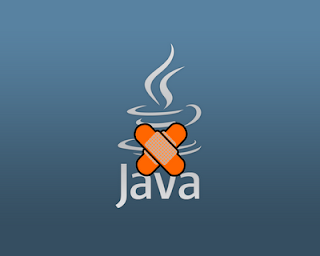Below is the automated shell script which will find a text and replace it with the given string. It will also keep a backup of existing file. It can also be used for global search and replace string from a text file. Please see the self-explanatory shell script below -
replace.sh
#!/bin/bash
#find string
searchString="text1"
#replace with
replaceWith="text2"
echo "searching "$searchString" ..."
grep -l $searchString * >foundIn.txt
chmod 777 foundIn.txt
echo "replacing "$replaceWith" ..."
count=0
while read x
do
if [ $x != replace.sh ]
then
(cat $x) >$x"_bkp"
sed "s/${searchString}/${replaceWith}/g" $x"_bkp" > $x
count=$(($count+1))
echo "Found in... "$x
fi
done <foundIn.txt
echo $count "occurences have been replaced."
replace.sh
#!/bin/bash
#find string
searchString="text1"
#replace with
replaceWith="text2"
echo "searching "$searchString" ..."
grep -l $searchString * >foundIn.txt
chmod 777 foundIn.txt
echo "replacing "$replaceWith" ..."
count=0
while read x
do
if [ $x != replace.sh ]
then
(cat $x) >$x"_bkp"
sed "s/${searchString}/${replaceWith}/g" $x"_bkp" > $x
count=$(($count+1))
echo "Found in... "$x
fi
done <foundIn.txt
echo $count "occurences have been replaced."











